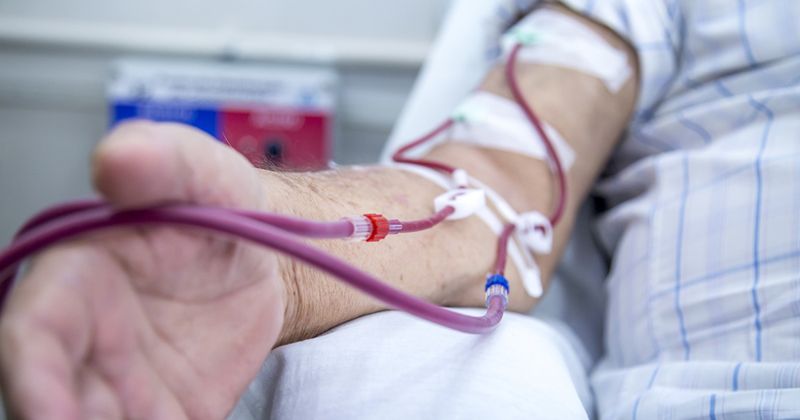AVFs show superior patency vs. AVGs in patients with kidney failure on dialysis
Among patients with kidney failure who successfully used a permanent access for hemodialysis, the incidence of patency loss was higher with arteriovenous graft use compared with arteriovenous fistula, according to data in Kidney Medicine.
“The results suggest that, among patients with a functioning permanent access, arteriovenous fistulas have superior patency compared to arteriovenous grafts, particularly in terms of (primary) assisted patency and secondary patency,” Nicholas S. Roetker, PhD, MS, from the Chronic Kidney Disease Research Group at Hennepin Healthcare Research Institute in Minnesota, and colleagues wrote.

As Healio previously reported, the study cohort included 60,329 AVF users and 17,763 AVG users who were Medicare beneficiaries.
However, for this retrospective observational cohort study, patients were aged at least 18 years (mean age was 68.9 ± 12.3 years; 48.1% were women; 66.8% were white) and newly using a permanent access for maintenance hemodialysis (HD). Patients receiving oral anticoagulation were excluded.
Researchers derived data from the U.S. Renal Data System (2010 to 2015). There was a 3-year follow-up. Primary outcomes included loss of primary unassisted patency, loss of primary assisted patency and loss of secondary patency. Statistical analysis included incidence curves and HRs adjusted for clinical and sociodemographic factors.
Roetker and colleagues found that AVG use was associated with a significantly higher risk of patency loss compared with AVF use. Compared with AVF use, AVG use was associated with a higher incidence of primary unassisted patency loss (HR = 1.56; 95% CI, 1.52-1.60), primary assisted patency loss (HR = 3.79; 95% CI, 3.67-3.92) and secondary patency loss (HR = 2.03; 95% CI, 1.92-2.16) at 3-year follow-up.
There were also differences in patency loss incidence by subgroup. Among AVF users, researchers found that Black patients had a higher incidence of primary patency loss than white patients, patients who had undergone a prior thrombectomy or thrombolysis had a higher incidence of primary unassisted patency loss than those who had not, while women and younger patients (aged 18-44 years) had a higher incidence of patency loss in general compared with men and older patients, respectively.
Among AVG users, researchers found that men had a higher incidence of secondary patency loss compared with women, and patients with obesity had a higher incidence of all types of patency loss than patients in lower BMI categories.
“Interventions, such as novel pharmacologic approaches, are needed to improve access patency in patients receiving HD, particularly patients who are unable to receive a fistula access,” Roetker and colleagues wrote.
